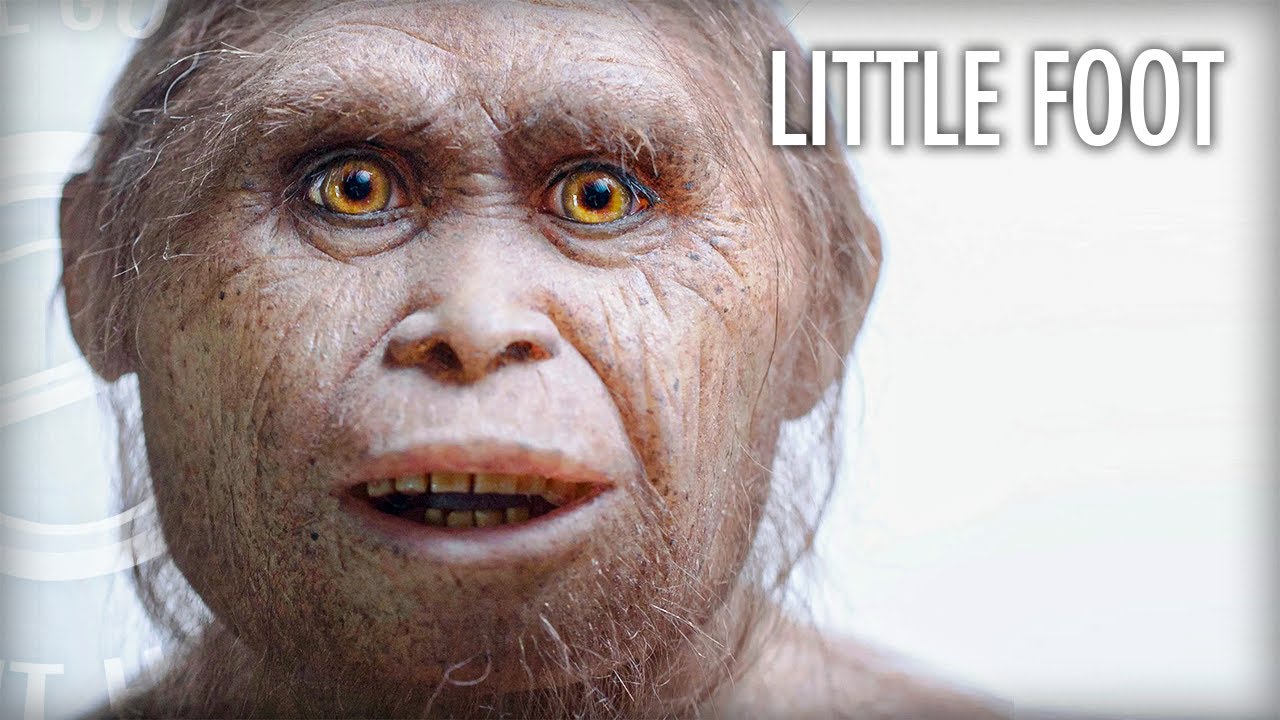In his fieldwork on the Indonesian island of Flores, Canadian anthropology professor Gregory Forth frequently heard tales of the “folk creature” Ebu Gogo, described as bipedal, tailless “ape-men” which had not only been reported by ancestors but recent witnesses who had seen them raiding crops. The only large non-human primates on the island are macaque monkeys, which are unlikely to be mistaken for ape-men.
In 2003, researchers discovered the skeleton of an archaic human species of short stature now named Homo floresiensis and nicknamed the Hobbit of Indonesia. Partial skeletons of nine individuals have now been recovered from a single site, including one complete skull, Analysis of skeletal remains indicate the creatures walked on two feet, were of short stature (around 1.1 metre tall), and had a brain capacity (417 cm³) similar to that of a chimpanzee.
Current estimates of the dates of skeletons range from 60,000 to 100,000 years ago, and it was assumed Homo floresiensis went extinct after the arrival of modern humans around 50,000 years before the present.
But the island of Flores is rugged and covered with dense vegetation. Is it possible Homo floresiensis survives to the present day and accounts for reports of Ebu Gogo? Prof. Forth presents the evidence in his May, 2022 book, Between Ape and Human, and discusses it in this interview.
Unlikely, to be sure, but how cool would it be to discover another species of Homo sharing the Earth with us today?
